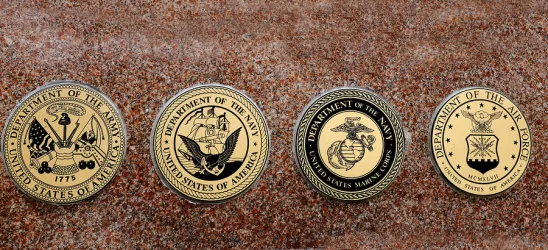Department of Veterans Affairs (VA) acquisitions are about to get a lot more attention – from the VA Office of Inspector General (OIG), the U.S. Department of Justice (DOJ), and possibly Congress, as well. The U.S. Government Accountability Office (GAO) recently published a report (GAO-19-157SP) updating its “High Risk List,” which lists 35 government agencies and programs that may be particularly vulnerable to fraud, waste, abuse, and mismanagement, adding “VA Acquisition Management” to the list of the usual suspects. If, as Aesop opined, “a man is known by the company he keeps,” then the VA has now joined a notorious group. VA vendors should be aware of this development, because any attempt by the VA to “get well” will likely come with heightened compliance obligations for VA vendors.
GAO identified seven reasons for its “high risk” assessment of VA Acquisition Management:
(1) outdated acquisition regulations and policies;
(2) lack of an effective medical supplies procurement strategy;
(3) inadequate acquisition training;
(4) contracting officer workload challenges;
(5) lack of reliable data systems;
(6) limited contract oversight and incomplete contract file documentation; and
(7) leadership instability.
GAO noted that the VA has not conducted a comprehensive update to the VA Acquisition Regulations (VAAR) since 2008. The VAAR and related internal guidance instruct contracting officers how to conduct procurements, including how to apply contracting preferences, such as the “Veterans First” priority favoring small businesses owned and controlled by service-disabled and other veterans. The GAO report found that VA contracting officers are often unsure how to apply the Veterans First policy, especially in the wake of the 2016 U.S. Supreme Court decision in Kingdomware Technologies, Inc. v. United States. Moreover, much of the training the VA currently provides is inadequate and discretionary, leading to very uneven understanding throughout the VA.
In addition to inadequate regulations and training, GAO recommended the VA conduct a fraud risk assessment of the entire Veterans First program. GAO observed that VA contracting officers commonly fail to keep complete contract files or to exercise proper contract oversight, pointing to unmanageable workloads as a probable cause. Being overloaded may cause contracting officers to omit mandatory clauses in veteran-owned set aside contracts, and even when the appropriate clauses are included, VA contracting officers may not be separately monitoring compliance with critical requirements like the “Limitations on Subcontracting” clause. See FAR 52.219-14; see also 13 C.F.R. § 125.6. Compliance with “Limitations on Subcontracting” requirements is already a hot issue within the VA, with the VA issuing a June 2018 Class Deviation to help improve monitoring and compliance. SeeVAAR 852.219-74.
GAO’s report also highlighted as problematic the Medical Surgical Prime Vendor – Next Generation (MSPV-NG) Program that manages the product formulary from which VA medical facilities purchase supplies. The GAO report critiqued MSPV-NG as failing to meet its cost avoidance goals due to lack of stakeholder acceptance and utilization by medical centers. The report also noted that 20% of Veterans Health Administration contracting actions are done on an emergency basis, which is inherently more expensive for taxpayers, accounting for $1.9 billion in 2016 spending. The MSPV-NG Program is currently undergoing a major overhaul, which we discussed in a previous blog post (available here).
GAO’s report could prompt the VA OIG and DOJ to increase scrutiny of VA procurement contracts, leading to an uptick in investigations and enforcement actions against VA vendors. Current and prospective vendors should take this opportunity to review their VA contracts to ensure compliance, particularly with key clauses such as the “Limitations on Subcontracting” clause called out in the GAO report. Vendors may also want to tighten their internal compliance systems and training, both of which become highly relevant in the event of an OIG or DOJ investigation. Finally, the VA regulatory landscape is undergoing major changes that will likely accelerate in response to GAO’s recommendations, with the VA already implementing a full-scale (albeit incremental) update to the VAAR. It will be important for even long-time VA vendors to stay apprised of regulatory changes in the coming months and years.
If people are indeed known by the company they keep, please remember the Sheppard Mullin team is someone you want to have in your corner. Whether helping you design or update your federal compliance program, answering concerns about current contracts, or leading your response to a Civil Investigative Demand or federal subpoena, we can help. As Benjamin Franklin once said, “an ounce of prevention is worth a pound of cure.”




 />i
/>i
